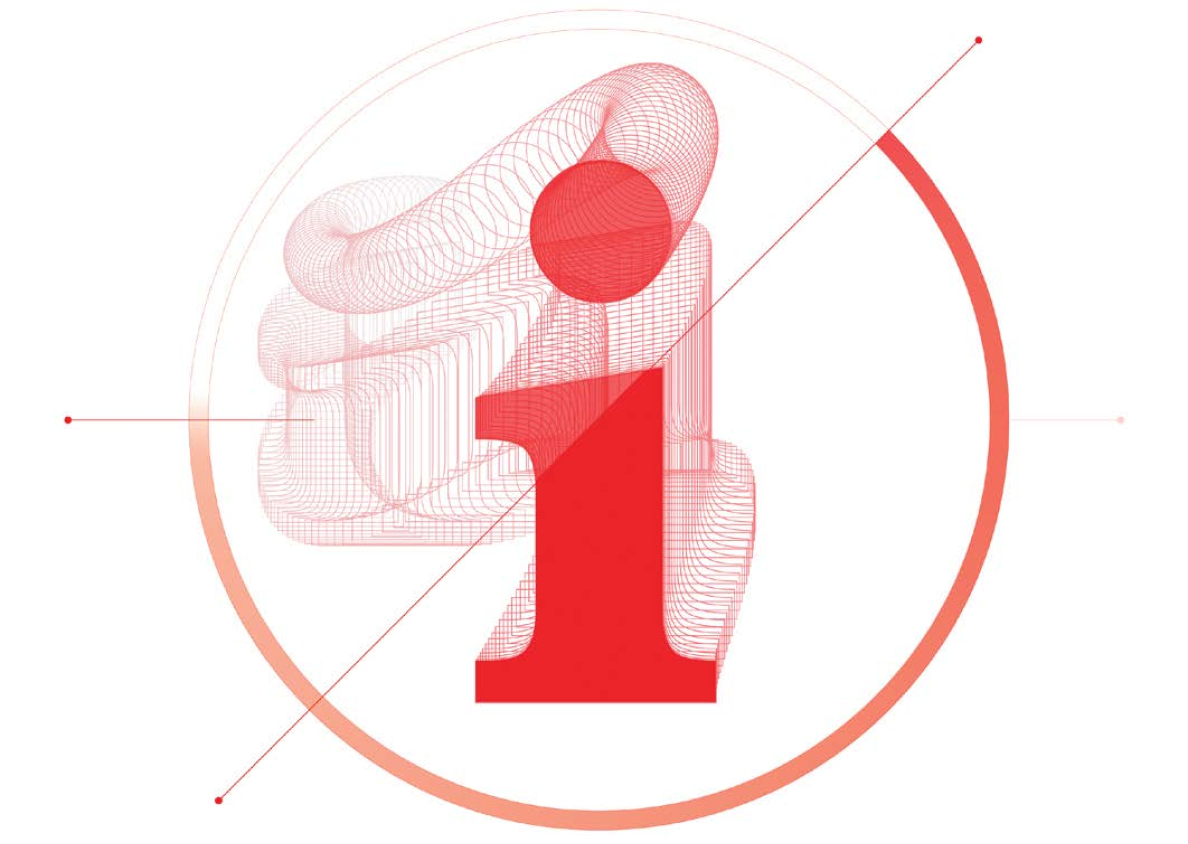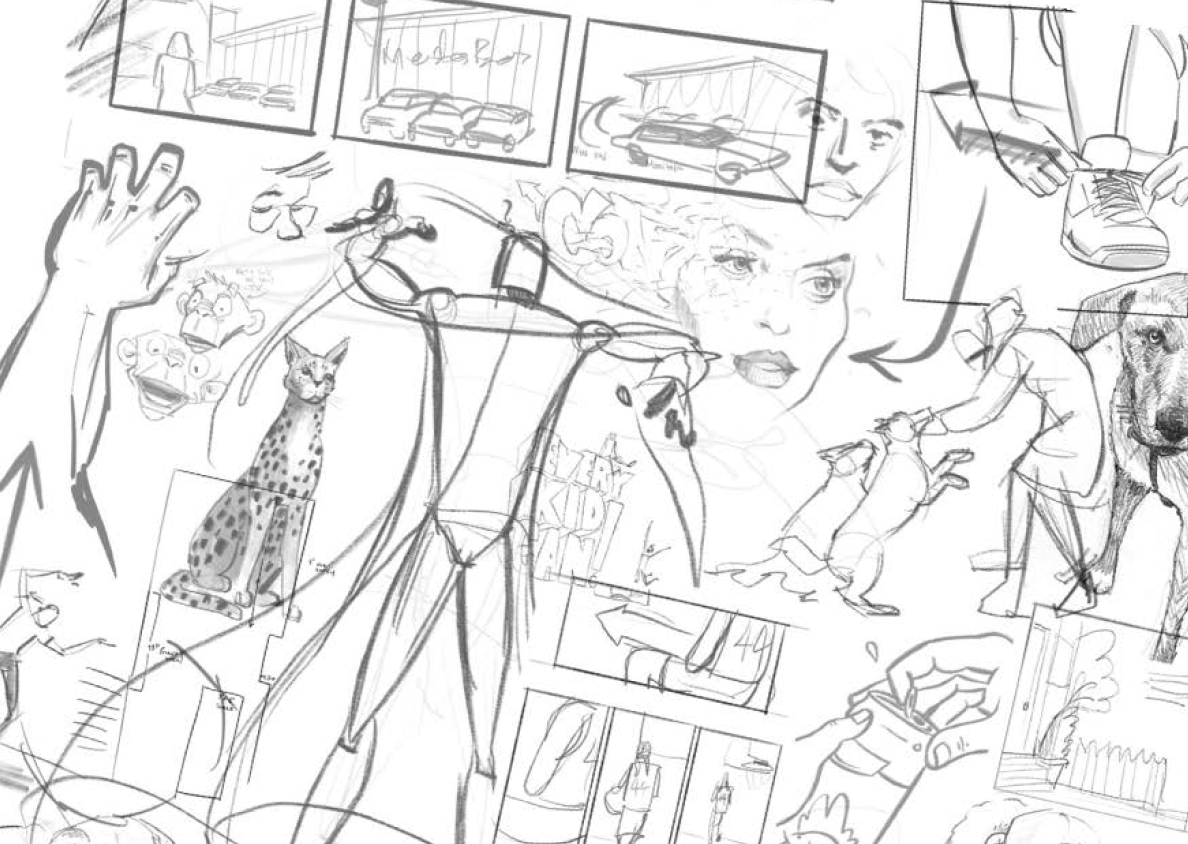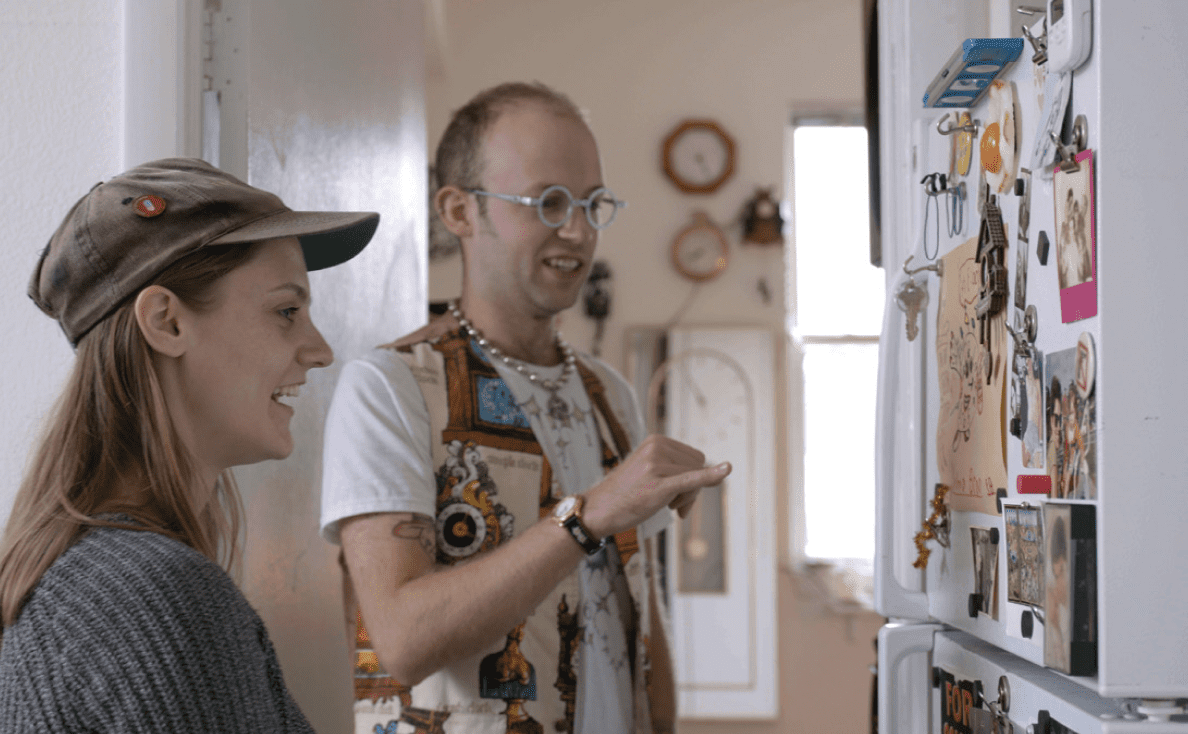Four professionals share what visualization means as a tool for seeing people, humanizing information, improving attention and solving problems.
Humanizing infographics

Somewhere along the way, we devalued infographics – turning them into a basic commodity used to add a splash of shape and colour or, more often than not, replicate copy in an attempt to avoid TL;DR (too long; didn’t read). This commoditization stemmed from an overdependency on those reusable graphics I know we all abused (the “clip art effect,” as I call it).
Information design suffered – a result of lazy design and lazier thought.
Throughout human history, there has been no broader way to connect with other humans than through images. Yet, as we entered an age where thoughts can be made real, we got boring. Infographics became a crutch rather than an asset meant to engage, entice and educate.
Then the world grew smaller, more connected, more complex, more diverse – and then, in the midst of it all, a global pandemic made understanding infographics a matter of life or death. From governments to media, health units to urban planners, a need developed. Energy. Food. Supply chains. Climate change. The world demanded that communicators, particularly designers, be able to translate complex issues into digestible formats for the broadest audience.
Re-enter the thoughtful infographic – a perfect tool to increase accessibility, improve aesthetic and represent human connection.
Trong Nguyen is a Technical Designer with The&Partnership Toronto. Starting from product and environmental design, he has focused for the last decade on design and advertising: the thoughtful execution of what we see, interact with, communicate and feel.
Seeing through sketching
By Jamie Brand
I always start with a sketch. Sketches are the basis for the art I create. As an Illustrator that comes as no surprise. I really can’t imagine doing it any other way. I’m actually not that great at picturing things in my head (I think it’s pretty rare that people are) so as soon as ideas start to percolate my hands get itchy for pencil and paper.
For me, a sketch can start to make an idea real in a way that words alone can’t. It’s important to note here that the artifact, the sketch, is not as important as the act of sketching itself. That’s because sketching is about problem solving.
You might also like:
- Discover how data visualization helps marketers take action on insights
- Build your brand by bringing new methods, systems and products to the marketplace
You don’t have to be good at drawing to make a sketch. Drawing is a separate skill, it overlaps with sketching, but in most cases, proficiency is not essential.
A sketch is a map to the thing you’re making that you make on the way there. It can be as simple as writing down the problem and underlining a few words, making boxes around others and throwing in some arrows. There. You made a sketch. Doodling counts as sketching. Though they often don’t directly relate to the problem at hand, they are the product of active minds, a sign wheels are turning, and a great way to break out of stale thought patterns.
Should you practice sketching though? Yes. I honestly can’t think of a tool I use more.
Jamie Brand is a Canadian Art Director and Illustrator. He lives in Toronto with his wife, son and two lazy dogs. jamiebrand.ca
There are always plenty of insights available for you – sign up to INCITE and receive three free print issues a year.
Sign upWhat the brain sees
By Diana Lucaci
What if you could see what gets people’s attention? This is the value of tapping into attention data through neuroscience methods – especially in a consumer context where attention is harder than ever to get.
The visual system in the brain is well understood and documented in academic literature. Across cultures and genders, we know what attracts initial attention. Visual elements such as human faces, high-contrast areas, bright colours and perfect shapes are noticed and processed by the brain within half a second. Knowing these biological facts is helping advertisers create ads and content that stand out and convert better.

Creative execution is responsible for 50% of the sales outcome, so getting it right has a big impact on marketing effectiveness. Here are some neuroscience tips for easier-to-understand, more emotionally engaging and persuasive creative:
- Use audience attention triggers.
- Make your images and text work together.
- Use the right amount of image/text content.
- Focus on one main call to action.
- Make your offer easy to understand.
- Ensure lifestyle images are not distracting.
- Use clear copy that’s suited for the format.
When you can see it, you can design for it. The brain can tell us a lot about how to optimize creative to improve audience receptivity, reduce cognitive friction, appeal to rational and emotional drivers, and strengthen brand linkage and recall.
Neuromarketing scientist Diana Lucaci is co-founder and CEO of True Impact, former chair of the Neuromarketing Science and Business Association, committee member of the Standards Council of Canada and winner of the Best in Class research award from the Marketing Research and Intelligence Association. trueimpact.ca
Seeing through immersion
By Ian Pierpoint
My work in documentary filmmaking gave me an appreciation for the power of immersive ethnographic storytelling. That is the process where you go about finding answers by building trust with subjects, spending real time in their world, following their story wherever it goes. The more time you spend, the more revealing truths you see.
It is a format I have carried into my brand work and research today.
Certainly, it’s not a process for every question you have as a business, but it is key for exploratory work like developing your positioning, understanding who your target consumer is, entering a new space or looking to differentiate yourself in some way.

The most interesting insights come from interesting people. To get to deeper truths, you need to spend an inordinate amount of time making sure you find the right people for your goals. It’s casting, not recruiting. You want people who genuinely want to talk to you and let you deeper into their lives.
Why would you look for important answers to your questions in superficial conversations?
It’s in these hard-to-reach corners of people where their real wishes and desires live – and those wishes and desires are powerful for brands to understand. But you’re only going to discover that kind of authenticity when you take the proper time to see people in real life.
Ian Pierpoint, Founder and CEO of Further&Further, has 30 years of experience in research, strategy and marketing, working with brands including MTV, Nike, Unilever, Facebook and Google. furtherandfurtherstrategies.com This article was adapted with permission and thanks to APG Canada from “How to Build Day 5 Brands,” part of APG’s Grow Op Summer School podcast series. www.apgcanada.ca